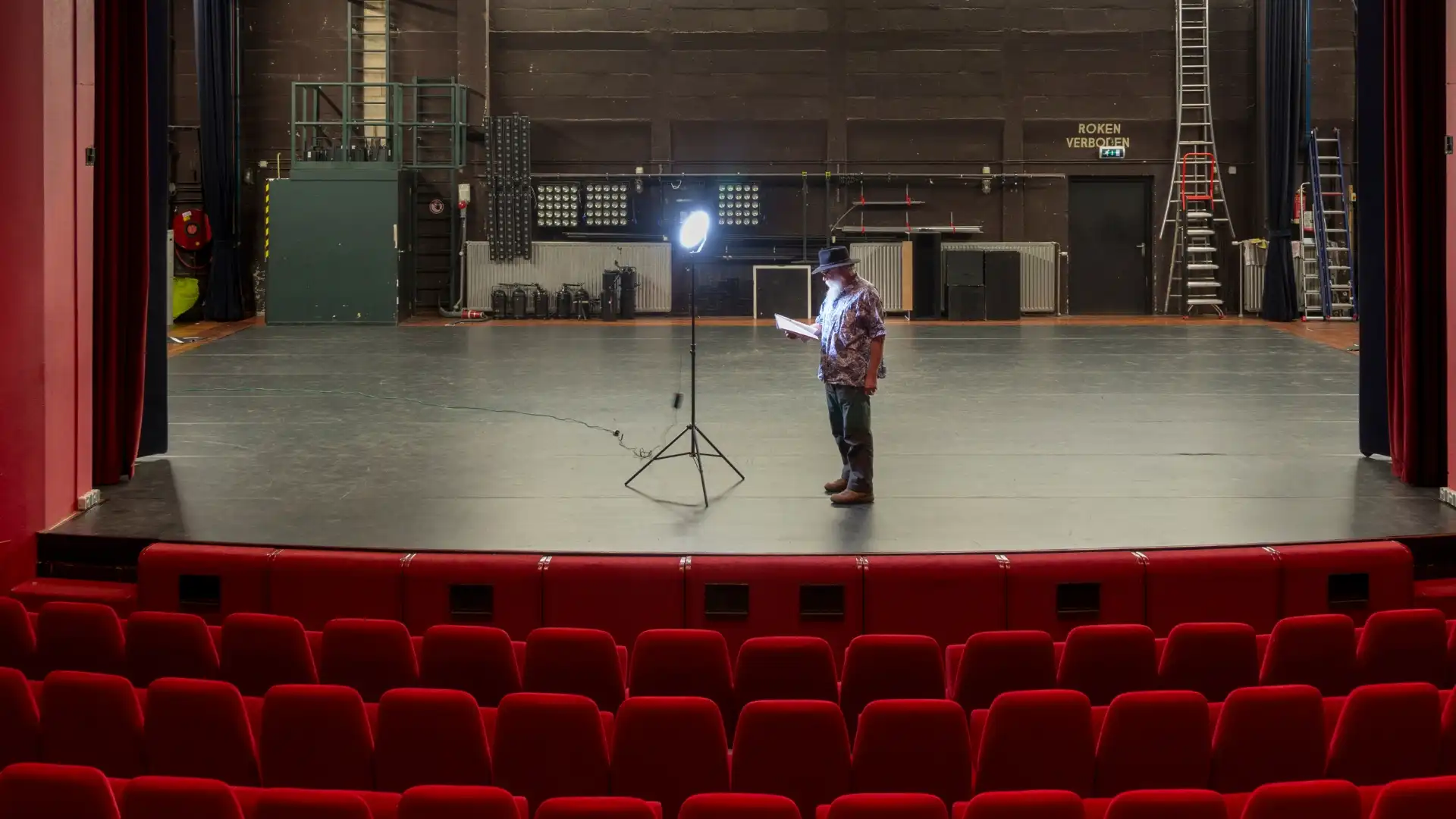In the realm of animation, storyboards are the backbone of bringing creative concepts to life. They serve as a visual blueprint that outlines the narrative, pacing, and overall essence of the animation project.
Crafting effective storyboards is a crucial skill for ensuring that the final product aligns with the creators’ vision and resonates with the audience.
Understanding the Story
Before delving into creating a storyboard, it is imperative to have a profound comprehension of the story that needs to be conveyed. Whether it’s a short film, TV series, or commercial project, a solid grasp of the characters, setting, and plot is essential for developing a coherent storyboard. Thoroughly reading the script or brief and visualizing each scene’s progression on screen is key.
Establishing the Visual Style
The visual style of a storyboard should mirror the tone and aesthetics of the final animation. Whether opting for a minimalist or intricate approach, consistency is paramount. Factors like color palette, composition, and design elements play a pivotal role in conveying the mood and ambiance of each scene. Experimenting with various techniques to find a style that aligns with your creative vision is crucial.
Focusing on Composition
Composition significantly impacts the efficacy of a storyboard. The placement of characters, props, and background elements within each frame should be meticulously considered. Employing techniques such as leading lines, framing, and the rule of thirds helps create visually engaging compositions that draw the viewer’s gaze to the focal point of the scene.
Experimenting with different camera angles and perspectives adds depth and dimension to the storyboard.
Conveying Emotion and Movement
Animation heavily relies on portraying emotion and movement. A well-crafted storyboard should capture the dynamics of each scene, from subtle facial expressions to dynamic action sequences.
Paying attention to body language, facial expressions, and gestures is crucial in conveying the characters’ emotions and intentions. Utilizing arrows, motion lines, and other visual cues helps indicate movement and flow between frames.
Keeping it Simple and Clear
While creativity is vital in storyboarding, clarity is equally important. Streamlining the storytelling process by focusing on essential details that drive the narrative forward is key.
Avoid cluttering frames with unnecessary elements that may detract from the main action. Clear, easy-to-read labels and annotations guide the viewer seamlessly through the storyboard.
Collaborating and Seeking Feedback
Storyboarding is a collaborative process that involves various stakeholders like directors, animators, and producers. Embracing feedback and constructive criticism from peers and mentors is essential for growth.
Collaborating with team members ensures that the storyboard aligns with the project’s vision. Feedback serves as an opportunity to refine and enhance the quality of the work continuously.
Practicing and Refining Skills
Like any skill, storyboarding demands practice and dedication to master. Experimenting with different techniques, styles, and approaches helps identify what works best for individual preferences.
Studying the work of other storyboard artists and animators provides inspiration and insights into the craft. Enrolling in workshops, courses, or mentorship programs aids in skill development and industry knowledge expansion.
Utilizing Technology and Tools
In the digital era, a myriad of tools and software are available to streamline the storyboarding process. Whether opting for traditional pen and paper or digital tablets and software, selecting tools that align with workflow and enhance creative capabilities is crucial.
Software like Adobe Photoshop, Storyboard Pro, or Toon Boom Storyboard Pro offer features tailored for storyboard artists.
Staying Updated on Industry Trends
The animation industry is in a constant state of evolution, with new technologies, trends, and storytelling techniques emerging regularly. Staying abreast of the latest industry trends, attending conferences, workshops, and networking events facilitates connections with industry professionals and ensures staying ahead of the curve.
Embracing change and innovation and adapting storytelling approaches to meet industry demands are critical.
Building Your Portfolio and Networking
Creating a robust portfolio is instrumental in showcasing skills and attracting potential clients or employers. Compiling top storyboard samples into a cohesive portfolio that highlights strengths and versatility as a storyboard artist is essential.
Utilizing online platforms such as ArtStation, Behance, or LinkedIn to display work and connect with industry professionals aids in networking. Networking serves as a powerful tool for expanding opportunities and gaining valuable insights into the animation industry.
Key Takeaways:
- Storyboards are essential visual tools for organizing and guiding animation projects.
- Understanding the story and developing a consistent visual style are key to effective storyboarding.
- Composition, emotion, and movement should be clearly conveyed using techniques like framing and motion lines.
- Simplicity is important; avoid unnecessary elements and focus on clarity.
- Collaboration and feedback improve the quality of the storyboard.
- Practicing, using digital tools, staying updated on trends, and building a strong portfolio enhance career prospects.
Elevate your storyboard work with these tips and techniques to captivate audiences and bring stories to life on screen. Consider taking the NYU Animation Industry Essentials online course and certificate program to further enhance your skills and excel in the competitive world of animation.








